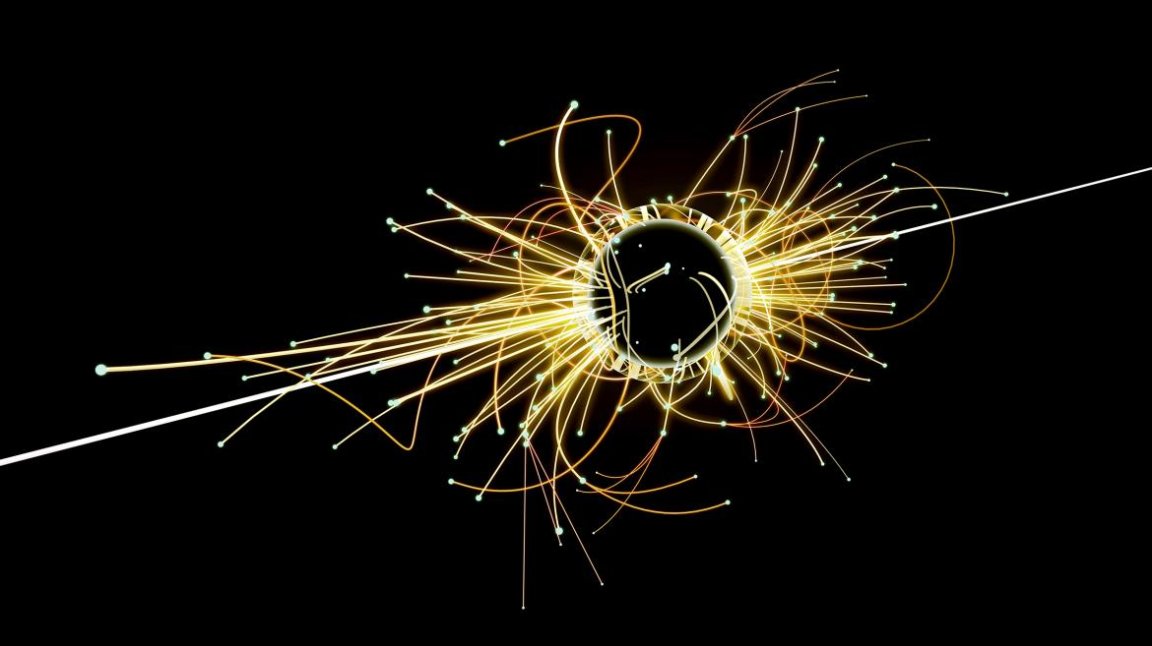
Three scientists at American universities have won the prestigious Nobel Prize in Physics for 2016, with one half of the total prize of 8 million Swedish krona (approximately 930,000 USD) going to David Thouless from the University of Washington and the other half to Duncan Haldane of Princeton University and Michael Kosterlitz from Brown University. The trio received the distinction for achievements in studying matter, using topological concepts in physics to unlock possible new and exotic phases of matter.
The three Nobel Laureates “used advanced mathematical methods to explain strange phenomena in unusual phases (or states) of matter, such as superconductors, superfluids or thin magnetic films,” according a popular science background to their study, published by the Royal Swedish Academy of Sciences, that accompanied the announcement today.
Essentially, instead of looking at matter in the typical three-dimensional state (length, width, and height), the scientists examined matter in extremely thin, two-dimensional layers (Kosterlitz and Thouless) and very fine, one-dimensional threads (Haldane), reporting on the phenomena that took place is those states.
A more detailed version of the research was also published by the Academy. The study has possible applications in superconductors, electronics, and quantum computing.
